Can Dogs Eat Pistachios? Understanding the Risks and Benefits
As a responsible dog owner, it’s crucial to understand what foods are safe for your furry friend. One question that often arises is, “Can dogs eat pistachios?” While these nuts may be delicious for humans, it’s essential to analyze the potential risks and benefits before sharing them with your pet.
Understanding Pistachios
Pistachios are nutrient-rich nuts that offer several health benefits for humans. They are high in protein, fiber, and healthy fats. However, just because pistachios are good for you doesn’t mean they’re suitable for your dog.
Potential Risks of Feeding Pistachios to Dogs
When considering whether to feed your dog pistachios, it’s essential to keep several risks in mind:
- High Fat Content: Pistachios contain a significant amount of fat. While dogs need fat for energy, too much can lead to obesity and pancreatitis, a severe condition that leads to inflammation of the pancreas.
- Contain Shells: Many pistachios come with hard shells, which can be a choking hazard. Dogs may also injure their teeth or digestive tract if they attempt to chew on them.
- Salt and Seasonings: Most store-bought pistachios are salted or flavored. Excess salt can lead to sodium ion poisoning in dogs, while some seasonings can be toxic.
- Risk of Aflatoxin: Pistachios can sometimes contain aflatoxins, poisonous substances produced by mold. These toxins are harmful and can lead to liver damage in dogs.
A Few Benefits
While there are risks, there are also potential benefits if you choose to feed your dog pistachios in moderation and without shells:
- Protein Source: Pistachios can provide a good source of protein, which is necessary for muscle repair and growth.
- Antioxidants: They contain antioxidants which can help protect against cell damage in dogs.
- Healthy Fats: The healthy fats present in pistachios can support a dog’s skin and coat health when given in moderation.
How to Safely Share Pistachios with Your Dog
If you choose to share pistachios with your dog, adhere to the following guidelines to keep your pet safe:
- Always remove the shell before offering pistachios to your dog.
- Limit the quantity to a few nuts occasionally—do not make it a regular treat.
- Opt for unsalted and unflavored pistachios to avoid excess sodium and harmful additives.
- Monitor your dog for any unusual behavior after feeding them pistachios. If you observe anything concerning, consult a veterinarian.
Signs of Adverse Reactions
If your dog consumes pistachios, keep an eye on them for any signs of discomfort. Look out for the following symptoms:
- Vomiting
- Diarrhea
- Excessive thirst
- Loss of appetite
- Signs of pain or discomfort
Should you notice any of these symptoms, it is advisable to consult your veterinarian immediately for guidance.
: Moderation is Key
While dogs can eat pistachios in small amounts, they should not be a staple in your dog’s diet. Understanding the potential risks and benefits can help you make informed decisions about your dog’s nutrition. Always prioritize your dog’s health and well-being by opting for dog-safe treats and consulting professionals when in doubt.
If you’re interested in learning more about dog nutrition and safe treats, check out the American Kennel Club for comprehensive resources.
For further information regarding dog food safety, feel free to visit Dog Food Advisor.
The Nutritional Value of Pistachios for Dogs
When considering your furry friend’s diet, you may wonder if you can incorporate a few treats like pistachios. These small nuts are not only tasty for humans but also boast various health benefits. However, understanding the nutritional value of pistachios for dogs is essential before letting them indulge.
Nutritional Components of Pistachios
Pistachios are packed with nutrients that can be beneficial for dogs in moderation. Here’s a breakdown of their key nutritional components:
| Nutrient | Value per 100g | Benefits |
|---|---|---|
| Calories | 562 | Provides energy |
| Protein | 20.6g | Supports muscle growth and repair |
| Fat | 45.3g | Provides essential fatty acids |
| Fiber | 10.6g | Aids in digestion |
| Vitamin B6 | 1.7mg | Supports metabolism and immune function |
| Magnesium | 158mg | Promotes bone health and energy production |
Pistachios contain a healthy dose of protein and healthy fats, which provide energy and support various bodily functions. The fiber in pistachios is also beneficial, as it aids digestion and helps to keep your dog’s gut healthy. Additionally, vitamins and minerals like Vitamin B6 and magnesium contribute to overall well-being.
Are Pistachios Safe for Dogs?
While pistachios have nutritional value, you must consider safety before sharing them with your dog. Here are a few important factors:
- Choking hazard: The shell of the pistachio is hard and can pose a choking hazard. Always ensure that the pistachios are unshelled and that any remains of the shell are removed.
- Salt content: Many pistachios sold in stores are salted. High sodium content can lead to salt poisoning in dogs, so it’s crucial only to offer unsalted pistachios.
- Allergies: Just like humans, dogs can have allergies. Always monitor your dog after introducing any new food, including pistachios, and consult your vet if you notice any adverse effects.
- Portion size: Moderation is key. High-fat snacks like pistachios can upset your dog’s stomach. Limit their intake to just a couple of nuts occasionally.
Benefits of Giving Pistachios to Dogs
Despite the above cautionary notes, there are several benefits to feeding your dog pistachios in moderation:
- Promotes Healthy Skin and Coat: The healthy fats in pistachios can enhance your dog’s skin and coat condition, keeping it shiny and vibrant.
- Supports Weight Management: The fiber content can help your dog feel fuller longer, which can assist in weight management.
- Improves Energy Levels: The balanced proteins and fats can provide a quick energy boost during playtime or exercise.
When introducing pistachios into your dog’s diet, always remember that the key is moderation. A small amount can offer nutritional benefits without the risks associated with overfeeding. Always consult your veterinarian when making significant changes to your dog’s diet.
Where to Find More Information
If you want to learn more about the safety and health benefits of various foods for dogs, several reliable resources can provide valuable insights:
By staying informed and cautious, you can determine how to safely include pistachios in your dog’s diet, allowing them to enjoy a new and exciting treat while reaping the rewards of their nutritional value.
Safe Gardening: How to Keep Your Dog Away From Pistachio Trees
Gardening is a wonderful way to connect with nature and beautify your home, but it does come with its challenges, especially when you have a curious dog. One tree that might be on your property—or that you may be tempted to plant—is the pistachio tree. While they are great for humans, you need to be cautious about keeping your dog safe. Here’s how to keep your furry friend away from these trees and ensure they remain safe while you enjoy your gardening hobby.
Understanding the Risks
First, it’s important to understand why you need to keep your dog away from pistachio trees. Pistachio nuts can be risky for dogs. The shells can pose a choking hazard or cause digestive blockages, while the nuts contain substances that may not sit well with your dog’s stomach. Here are some additional risks:
- Choking Hazards: The shells are hard and can splinter, creating a risk if your dog tries to chew on them.
- Toxicity: While the pistachio itself is not toxic, some dogs may have allergies or sensitivities to nuts.
- Digestive Issues: Eating too many pistachios can lead to vomiting or diarrhea.
Safe Gardening Tips
To cultivate your garden while ensuring your canine companion’s safety, consider these strategies:
- Create a Barrier: A fence or physical barrier around the pistachio tree will help prevent your dog from accessing the area.
- Use Training Techniques: Teaching your dog commands like “leave it” or “stay” is effective in keeping them away from certain areas in your garden.
- Provide Distractions: Having toys or engaging activities nearby can redirect your dog’s attention away from the pistachio tree.
- Monitor Playtime: Always supervise your dog when they are near your garden, especially if there are potentially harmful items present.
What to Do if Your Dog Ingests Pistachio
If you suspect your dog has eaten pistachios, take the following steps:
- Observe: Watch for any signs of distress, including vomiting, diarrhea, or lethargy.
- Contact Your Veterinarian: If you notice any abnormalities, call your vet for advice. They can provide insight based on your dog’s size and health history.
- Emergency Care: In severe cases, it may be necessary to visit an emergency veterinary clinic.
Alternatives to Pistachio Trees
If you love the look of pistachio trees but want a dog-safe alternative, consider planting non-toxic trees or shrubs that can still enhance your garden:
| Tree/Shrub | Benefits |
|---|---|
| Dogwood | Beautiful flowers and foliage, safe for dogs. |
| Maple | Provides shade and vibrancy to your garden, non-toxic. |
| Holly | Great for decoration and safe for pets. |
Resources for Dog Owners
For more information about dog safe gardening, consider visiting some valuable resources:
By following these tips, you can enjoy your gardening while ensuring the safety of your dog. Always stay informed about any potential hazards in your garden, and proactively protect your canine friend with the right strategies. Happy gardening!
Alternative Healthy Treats for Your Dog: Beyond Nuts
When it comes to treating your furry friend, you may think of nuts and seeds as simple snacks. However, there are plenty of alternative healthy treats that can provide your dog with the nutrients they need while keeping their taste buds happy. Let’s explore some exciting options that go beyond nuts!
Fruits That Delight
Fruits are not only delicious but also packed with vitamins and antioxidants. Here are some dog-friendly fruits you can consider:
- Blueberries: These little berries are high in antioxidants and can boost your dog’s immune system.
- Bananas: A good source of potassium and fiber, bananas can be given in moderation. Just remember to remove the peel!
- Apples: Apples provide vitamins A and C. Don’t forget to remove the seeds and core before sharing.
- Carrots: Crunchy and low in calories, carrots are perfect for supporting dental health.
Vegetables for a Crunchy Treat
Vegetables can be a fantastic crunchy alternative to nuts. Here are some safe ones for your pooch:
- Green Beans: Rich in fiber and low in calories, green beans can be offered raw or cooked without seasoning.
- Sweet Potatoes: These are a great source of vitamins, and dogs often love their sweet taste. Cook them thoroughly before serving.
- Peas: Fresh or frozen peas can be a fun treat full of vitamins and minerals.
- Spinach: In moderation, spinach can provide iron and other vital nutrients.
Grains That Are Good for Dogs
If you are looking for a healthy treat that contains grains, consider these options:
- Oatmeal: A great source of soluble fiber, oatmeal can be beneficial for dogs, especially those with digestive issues.
- Brown Rice: Brown rice is easy to digest and rich in vitamins, making it a healthy choice.
Protein-Packed Treats
Protein is key to keeping your dog strong and healthy. Here are some protein-rich treats you can try:
- Chicken or Turkey: Lean meats are excellent sources of protein. Cook and shred them into tiny pieces for a delectable treat.
- Fish: Salmon and sardines are great choices that can be served in moderation. They are packed with omega-3 fatty acids.
- Eggs: Cooked eggs can boost nutrition and are a great protein source. Just make sure they are well-cooked to avoid any risk of salmonella.
Commercial Treats to Consider
If you prefer ready-made options, there are many commercial dog treats that focus on health and nutrition. Here are some good brands to check out:
- Chewy – A wide variety of high-quality treats for dogs.
- BarkBox – Monthly subscription boxes that include healthy treats.
- Healthy Spot – Focuses on healthy and safe pet products.
Homemade Treat Ideas
If you enjoy cooking, making homemade treats can be a fun and rewarding project. Here are two easy recipes:
| Recipe | Ingredients | Instructions |
|---|---|---|
| Peanut Butter Sweet Potato Bites |
|
Combine all ingredients, roll into small balls, and bake at 350°F (175°C) for about 20 minutes. |
| Frozen Yogurt Treats |
|
Blend ingredients, pour into molds, and freeze for several hours before serving. |
With so many healthy alternatives available, you can certainly treat your dog without worrying about the downsides of nuts. Always remember to introduce new treats gradually and monitor for any allergic reactions. Whether you opt for fruits, vegetables, or meat-based options, variety is key to keeping mealtime exciting for your furry friend!
Recognizing Allergic Reactions in Dogs: Is Pistachio a Concern?
Many dog owners enjoy sharing snacks with their furry friends. However, not all human foods are safe for dogs. A common question among pet owners is whether pistachios are safe for dogs to eat. While pistachios can be a tasty treat for humans, it’s important to understand the potential risks associated with feeding them to your dog, especially regarding allergic reactions.
Pistachios are nuts that are high in healthy fats, fiber, and protein. However, they can also pose several health concerns for dogs. One primary concern is that many dogs can experience an allergic reaction to certain foods, including nuts. If you’re wondering about the safety of pistachios for dogs, it’s essential to consider the following factors:
Potential Allergic Reactions
Allergic reactions in dogs can manifest in various ways. When introducing any new food, like pistachios, it’s essential to watch for signs of an adverse reaction. Symptoms that may indicate an allergy include:
- Itching and Scratching: Persistent scratching, especially on the ears, paws, and belly.
- Skin Irritation: Redness or rash on the skin.
- Gastrointestinal Distress: Vomiting, diarrhea, or gas following consumption.
- Swelling: Noticeable swelling around the face, particularly the eyes or mouth.
- Difficulty Breathing: Any signs of breathing trouble should be treated as an emergency.
If your dog exhibits any of these symptoms after consuming pistachios, it’s crucial to consult your veterinarian immediately. They can provide specific advice and treatment options if your dog has a food allergy.
Possible Health Risks of Feeding Pistachios
Even if your dog isn’t allergic, pistachios present other risks:
- High Fat Content: While healthy fats are beneficial in moderation, excess fats can lead to obesity or pancreatitis.
- Salt and Seasonings: Many roasted pistachios are salted, which can lead to sodium ion poisoning, especially if consumed in large quantities.
- Choking Hazard: Pistachio shells can pose a choking risk or cause intestinal blockage.
- Caloric Intake: Nuts are calorie-dense; giving your dog too many treats can disrupt their balanced diet.
Before giving your dog pistachios, consider taking these steps:
- Consult your veterinarian, especially if your dog has a history of food allergies.
- Monitor your dog for any adverse effects after trying a small amount.
- Choose unsalted, unseasoned pistachios to minimize health risks.
- Always remove the shell to eliminate the choking hazard.
Safe Treat Alternatives
If you’re looking for safe treat alternatives for your dog, consider the following options:
- Carrots: Crunchy and low in calories, carrots can be a fun and healthy snack.
- Apples: Remove the seeds and core before offering slices as a sweet treat.
- Peanut Butter: Ensure it’s xylitol-free; dogs typically love the taste!
- Sweet Potatoes: Cook and slice them for a nutritious, dog-friendly alternative.
Always introduce new foods gradually and in moderation to see how your dog reacts. Each dog is unique, and their dietary needs may vary significantly based on age, size, and health condition.
Staying informed about your dog’s diet not only helps in preventing allergic reactions but also ensures their overall well-being. If you’re uncertain about any specific food items, including pistachios, consult reliable sources like AKC or your veterinarian for the safest options.
Your role as a pet owner is crucial in protecting your dog from harmful foods. When in doubt, it’s always safer to stick to dog-approved treats to avoid any health issues.
Conclusion
When considering whether dogs can eat pistachios, it’s essential to weigh both the benefits and risks. While pistachios do offer nutrients, such as healthy fats and protein, they also come with potential hazards like high fat content and the risk of choking on shells. Understanding your dog’s dietary needs and sensitivities is crucial in making informed choices about their treats.
If you decide to share pistachios with your furry friend, ensure they are unsalted and unflavored, and always remove the shells to reduce choking risks. It’s also vital to monitor your dog for any allergic reactions after trying new foods. A small offering can help gauge their reaction, but always consult with your veterinarian if uncertain.
Furthermore, be mindful of pistachio trees in your garden. While these trees can thrive in various environments, they may attract your pet’s attention. Training your dog to stay away from these trees can keep them safe and prevent accidental ingestion of nuts or shells.
For pet parents looking for nutritious alternatives, consider options like carrots, sweet potatoes, or specially formulated dog treats. These can provide the satisfaction of a tasty reward while ensuring your dog’s health remains a priority.
Ultimately, understanding the nuances of your dog’s diet is vital. Whether it involves occasional treats like pistachios or a shift to healthier snacks, the goal is to keep your beloved pet happy and healthy. Always prioritize their well-being over trendy dog snacks, ensuring they receive treats that serve their nutritional needs.



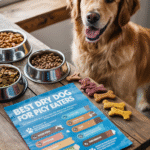
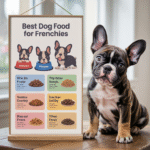


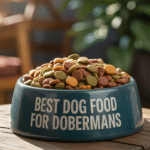


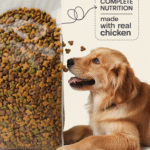
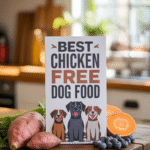

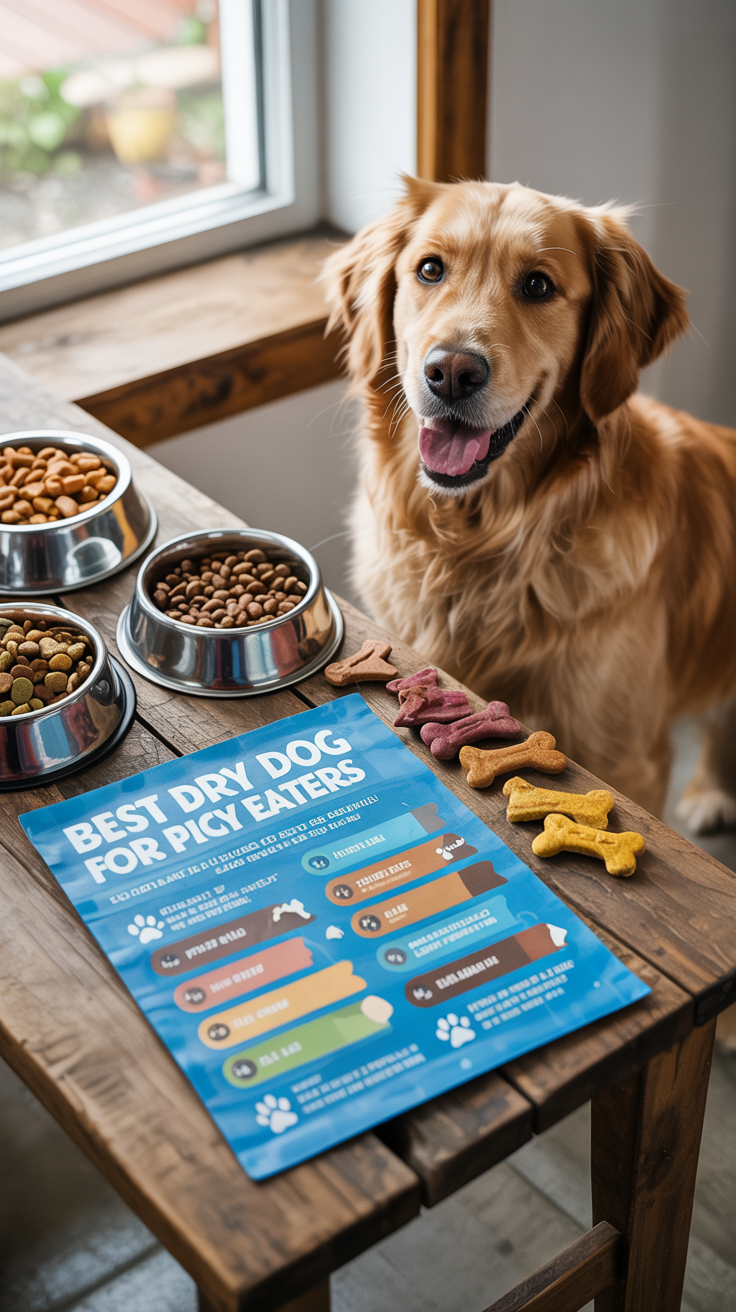
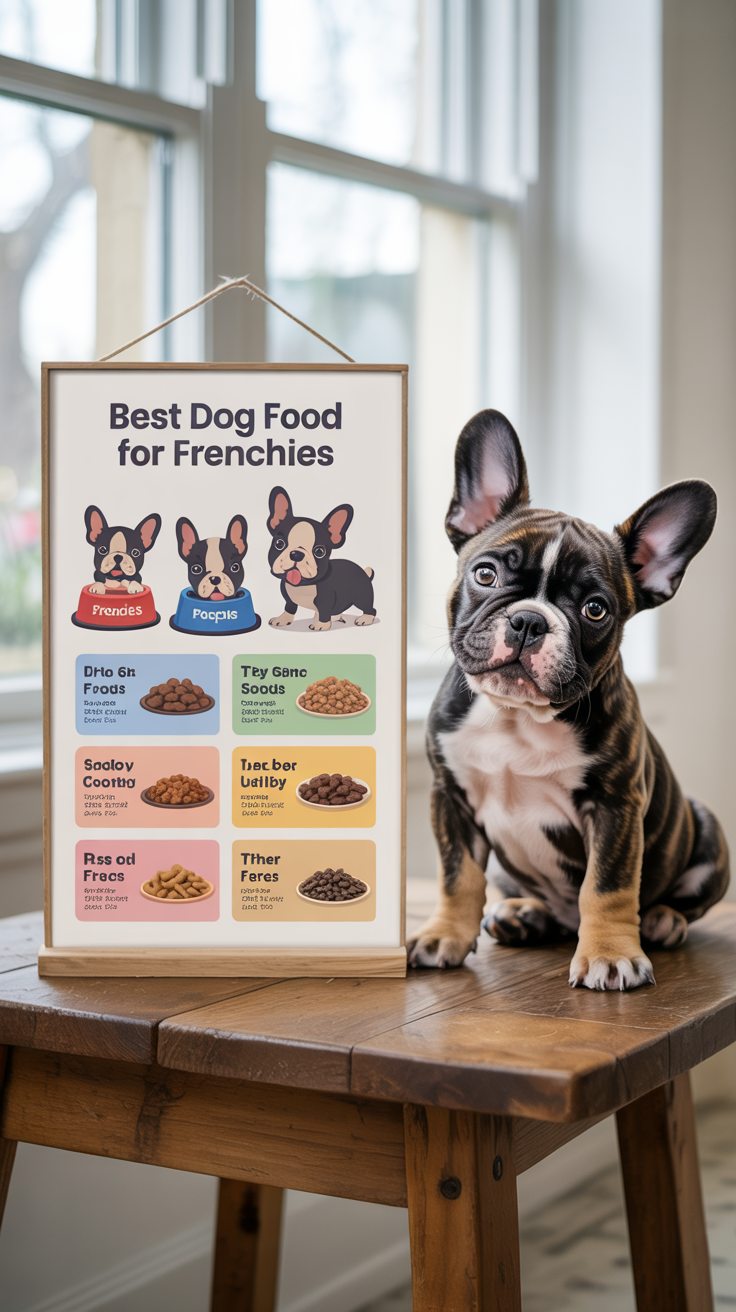
Leave a Reply